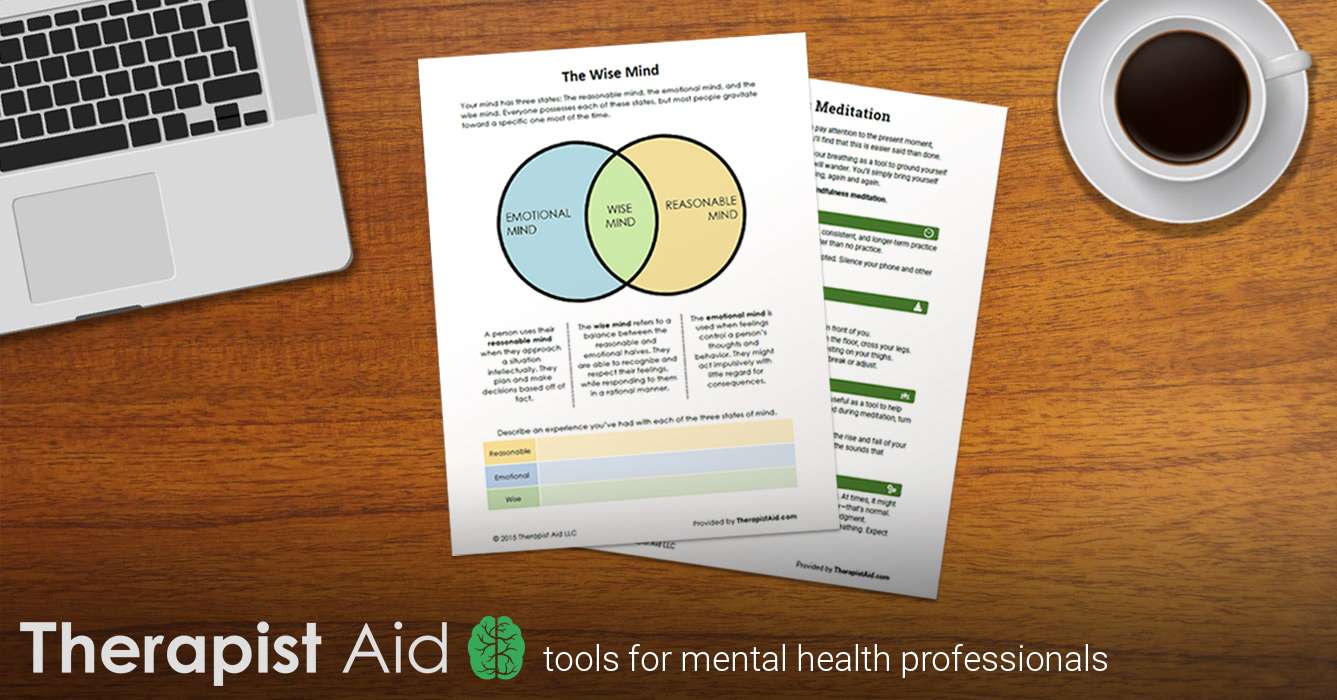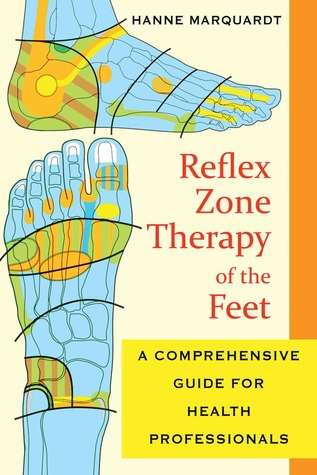Providing virtual counseling services can be as simple as using empathic listening and helping children build upon their skills. However, we know that research shows that children learn best through hands-on activities and play. By incorporating virtual games and tools into your counseling sessions, you can create extra engagement as children learn through play. In addition, counseling sessions that involve play also help to build a trusting relationship between the child and the counselor. Keep reading to learn about free games and tools for your virtual counseling sessions.
Free Interactive Games
The following list of interactive games can be played live during your virtual counseling or TeleHealth sessions. Although the steps for each website vary, you can follow these general directions to get started:
- Click the link below to open the game website.
- Follow the directions to start a new game.
- Click “invite a friend” or “play with a friend” to create a shared game link.
- Share the direct link to your game through the chat function in your GoogleMeet, Zoom, or another virtual counseling platform.
- Play the game live with your student or client as you chat.
Game Options:
Interactive art tools can be used in virtual counseling sessions in a variety of ways. Explore the sites below to use art as a tool for expression, coping skills, and more.
Witeboard: Witeboard is a simple digital drawing tool that can enhance your virtual counseling sessions. Click “share” to share the direct link to your whiteboard, which allows your client to access the same whiteboard as you. Ideas to get you started:
- Draw 3 things that make you feel (insert feeling here).
- Create a picture of your family.
- Play a game of hangman to highlight a counseling-related word (pro tip: build a snowman versus drawing a picture of a traditional hangman).
- Play Pictionary using coping skills or feelings.
- Draw your favorite place to be.
Quick Draw: Use this drawing tool from Google as a fun way to interact with your client during virtual counseling. Share your screen to introduce the tool. You get 20 seconds to draw the prompt that is on the screen. Best for ages 8 and up.
Color Your Own Mandala: Share your screen to teach your client how to color a virtual mandala. Click “color” and then choose a mandala to color with virtual ink. Introduce this site as a relaxation tool for your client.
Inspirograph: Inspirograph is a digital version of the traditional Spirograph tool. Share your screen to teach your client how to use this relaxing tool.
Free Virtual Sandtray
A sandtray is one of the best expressive tools to use when counseling children. Now, you can use a virtual sandtray to accomplish some of the same benefits as using sand in real life. Your client can share their screen with you as you provide sandtray building prompts. Ideas to get you started:
- Build a relaxing place
- Create the best school day ever
- Create a world that shows your thoughts about distance learning
- Build a scene of your family doing something together
- Design a scene about the emotion (insert emotion here)
- Create a memory from your past
- Build a world that shows your future
Free Virtual Manipulatives
Many counselors may choose to use their web camera or a document camera to utilize favorite games from their office during their sessions. For instance, you may use counseling game cards, a Thumball, or a favorite board game like Don’t Break the Ice. Use your favorite games in a virtual way by using virtual manipulatives to help you out. Ideas to get you started:
- Marble Jar: Share your screen and use the virtual marble jar as a visual representation of the amount of coping skills, random acts of kindness, or feelings that a client can name. In addition, if you are running a virtual small group, use the marble jar as a visual representation of participation. Set a goal as a group at the beginning of the session. For example, if the group can reach 10 marbles by the end of the session, you can end the session with a game.
- Timer or Stop Watch: Share your screen and use the virtual timer or stopwatch to help you keep track of how much time is left for an activity.
- Dice or Spinner: Use the virtual dice or spinner as an interactive tool to help engage your client as you play a game virtually.
Free Virtual Spinner
Use the Wheel of Names virtual spinner to create your own custom spinner. Ideas to get you started:
- Add student names to use as a student selector during classroom lessons or small groups.
- List names of feelings. Have your client act out the selected feeling or tell about a time that they felt that way.
- Here is an example of a custom spinner that is set up for a virtual scavenger hunt. Simply share your screen, spin the spinner, and your client can go search for the selected item from the wheel. Virtual scavenger hunts are a great way to engage students during virtual small groups and virtual classroom lessons.
More Resources for Virtual Counseling
Looking for more distance learning and virtual counseling tips? Check out this post about 7 Tips to Make Distance Learning Easier for Counselors.
Looking to create a Virtual Counseling Office for your students to use at home? Click here to find great tools to use in your virtual office!

The following paid resources are also available to enhance your virtual counseling sessions. Each resource was created by a Confident Counselor who is working alongside you to navigate the virtual counseling world.
The advent of online therapy offers tough new challenges, but also exciting opportunities to expand and enhance the practice.
If you are setting out on your online practice or just looking for some fun new ideas, this piece is a great place to start. Read on for exercises, activities, tips, and more to help you make your online therapy practice a safe, effective, and rewarding one.
Before you dive in, we recommend you start our $1 full access trial of Quenza, our online therapy platform for blended care professionals. Our integrated suite of user-friendly digital tools will help you design and deliver engaging, effective, and unique interventions straight to your clients’ mobiles, while running your practice conveniently from any connected device.
Is Online Therapy Effective? 6 Benefits
Online therapy is not brand new, but research is often slow to catch up to the day’s trends. However, in this case, the research interest was there long before it was a mainstream practice; online therapy has been a subject of effectiveness studies for the last two decades.
Here’s a quick timeline of some studies on the effectiveness of mobile therapy:
- 2004: A review of the current empirical evidence found that online therapy led to significant improvements in panic disorders, eating disorders, and posttraumatic stress and grief, was effective for marital therapy, and resulted in decreases in anxiety and positive session outcomes in psychotherapy clients. The sample sizes were all small, but results were promising.[1]
- 2008: A meta-analysis of 92 studies involving nearly 9,800 clients found that the impacts of online therapy were statistically significant, and similar to the effects of traditional, face-to-face therapy.[2]
- 2014: A systematic review and meta-analysis of internet-delivered cognitive behavioral therapy (ICBT) including 13 studies and over 1,000 participants reported that ICBT was just as effective as traditional face-to-face CBT. The studies included treatment of social anxiety disorder, panic disorder, depressive symptoms, body dissatisfaction, tinnitus, sexual dysfunction, and a phobia.[3]
- 2017: Another review of online CBT for depression found that online CBT was equivalent to traditional, face-to-face CBT in terms of improving depressive symptoms. The analysis included 29 studies published between 2006 and 2016.[4]
Of course, new studies are coming out all the time, so this timeline is hardly comprehensive, but it shows that there is a good basis of evidence for the effectiveness of online therapy, even as far back as 2004. Plus, aside from being as effective as traditional, face-to-face therapy, there may also be some extra benefits to online therapy.
There is a good basis of evidence for the effectiveness of online therapy, even as far back as 2004.
There are many benefits to therapy in general, and both in-person and online therapy have their pros and cons, but the advantages of online therapy have only become more pronounced over the last few years—especially since recent health scares have moved even more interactions online.
According to an early discussion of online therapy, these are the unique benefits it offers:
- Greater convenience and increased access to care. People with limited mobility, time restrictions, and living in remote areas have much greater access to care through online therapy; this is true for clients and therapists.
- Disinhibition and internalization. Online communication lends itself to less inhibition, meaning the client can “cut to the chase” and dispense with some of the “social masks” they might normally wear.
- Enhanced self-reflection and ownership of the therapeutic process. Written online communication can offer both the client and the therapist more opportunity for reflection, as well as giving the client a greater sense of control over their own self-disclosure.
- Therapeutic nature of writing. When therapist and client interact via written online communication, the client gets to benefit from both the therapeutic relationship and the therapeutic effects of writing about their problems and challenges.
- Telepresence and transference. Online therapy can give clients the sense that they are in a caring person’s presence (the therapist) without actually sharing physical space; in writing-based communication, the client may be more easily able to move past the superficial aspects of communication and move right to the deeper connection.
- Greater resources are available for sharing. With online therapy, it’s easy to send links, documents, audio files, and video clips for greater knowledge sharing and psychoeducation.[1]
These benefits have remained important and impactful in the nearly two decades since this list was published, and it could be argued that even more benefits have surfaced: things like greater capacity for group therapy, easier access to culturally competent mental health care, greater therapist productivity, and lower mental healthcare-related costs.
The bottom line is that online therapy is as effective and efficient (or even more so) as in-person therapy; but is it as safe as in-person therapy?
Is Online Therapy Safe?
Online therapy is obviously physically safer—for both therapists and clients—than in-person therapy, as it removes even the possibility of harmful physical contact.
However, it does introduce some new risks: violations of privacy. That’s why it’s vital for the therapist to do everything within their power to keep the client’s personal data and communications safe and secure.
To do this, the therapist can follow some important “do’s and don’ts” and pick a solid, secure online therapy platform.
Do’s and Don’ts for Your Online Therapy Session
What are some important tips and things to keep in mind for keeping an online therapy session safe and effective? Social worker Nellie Galindo has some excellent do’s and don’ts to keep in mind.
Do’s:
- DO train yourself, your staff, and your clients (if needed) on the telehealth technology. You don’t want any confusion right before a session starts!
- DO check your background to see what is in the client’s view. Declutter the space and make sure there is nothing embarrassing or potentially upsetting.
- DO use proper lighting to make sure your client can see your face easily and clearly.
- DO keep an eye on your camera placement. Make it easy for your client to maintain comfortable eye contact with you, and make sure your monitor placement doesn’t make it seem like you’re “looking down” on your client.
Don’ts:
- DON’T jump into a session without testing it first. Find a colleague, family member, or friend who is willing to help you test it.
- DON’T be afraid to show your pets—they can actually help build rapport and ease your clients into the session, especially if you work with children.
- DON’T lose power! Make sure you are plugged in or have a charger handy in case your battery runs low.[5]
What Is the Best Online Therapy Platform Option?
Getting back to keeping your online therapy sessions safe and effective, it’s vital that you choose a good online therapy platform. There are many options out there, but you want to make sure you know what your needs are and what features each platform offers to ensure you make the best choice for you and your practice.
At a minimum, you should narrow your list of options to those that provide HIPAA-compliant communication to safeguard your clients’ privacy and keep your practice aligned with legal requirements in your state, territory, or country. Check out our piece on the best therapy apps and platforms available for an online therapy practice to learn more.

If you want to learn more about apps you can recommend for your clients to help them on their therapeutic journey, check out the best apps we’ve found.
10 Games and Activities for Your Online Therapy Session
Perhaps even more so with online therapy than with traditional, face-to-face therapy, you’ll need to work to hold on to your client’s attention. With clients in a setting that has a decidedly non-“clinical” feel to it and tons of opportunities for interruption, it can be hard to get into the therapy headspace.
There are many techniques to engaging your clients and keeping their focus, including using good videoconferencing software, prepping your clients for their session, and taking care with lighting, décor, and the overall feel of the space you’re in. However, one of the best ways to engage clients in therapy is through the use of games and activities to open the session and get things moving.
Here’s a list of 10 icebreaker activities and games that might work for you and your clients:
- Word Clouds: You can guide your client through building an online word cloud that highlights what is important to them, what they want to get out of therapy, or any other relevant topic.
- Life Timelines: Building a timeline with the most important milestones in the client’s life can help you get to know your client better and create a foundation of mutual understanding.
- Pictionary: This fun game can easily be made into a therapy-related one if you direct your client to draw something that is important to them, or to tell you an important story from their life with their picture.
- Wheel of Names: This activity is great for an icebreaker in a group online session. Find a list of icebreaker questions that are relevant to your clients’ age group and enter all their names into a wheel, spin it, and have whoever it lands on pick a question to answer.
- Show and Tell: It’s not just for kids—and it works great for clients who are in their own homes! Have them take a minute or two to grab something that is important to them, then have them bring it back and give a “show and tell” presentation on it.
- Name, Place, Animal, Thing: Another great group activity, this game has the therapist pick a letter and each participant must name a famous person, a place, an animal, or a thing that begins with that letter. The first person to type all four into the chat box wins the game.
- 20 Questions: This is a classic game that can be easily played via a virtual medium. You can either play the original version with each other or find one of the many websites that will pit you and your client against a computer to see if it can guess your object.
- About Me: There are many resources and worksheets available for this activity, or you can create your own. The idea is to have both you and your client fill out a worksheet that’s all “about me” and screen share them to get to know each other better.
- Storymaker: You can use a virtual whiteboard or a dedicated website for this activity that involves storytelling. Your client will use words, pictures, and drawings to tell you a story about their life or something important to them.
- Would You Rather: There are online versions of this game (do a quick web search and you’ll see), or you can create your own “would you rather” pairs. The idea is to present two different but similarly salient (whether desirable or unpleasant) choices and to have your client pick between them. It’s a fun and easy way to break the ice and learn about each other.[6]
Best Activities for Kids
If you work with kids, you know that they often need games or activities to stay engaged and on-task during sessions, and this is even more true for online sessions. The list above provides some great options for working with children, but there are many more activities and games to choose from.
When you’re trying to keep kids engaged in online therapy, remember to pick activities that:
- Involve some sort of interactivity, like drawing or coloring.
- Are visually interesting or stimulating (particularly those that are colorful).
- Require some sort of movement, whether that’s getting out of their seat to go find an object or just clicking the mouse to play a game or complete a task.
- Includes a verbal component; you don’t want kids completing an activity or worksheet in silence, so make sure you are communicating during the activity.
If you use an activity that requires screen sharing, try to make sure they are still able to see you. It’s especially important for kids to be able to see the person they are working with in order to maintain a connection and open up.
Whatever platform you use for videoconferencing, Quenza can help you facilitate these activities for your sessions. You can send clients resources, have them fill out worksheets beforehand, and line up the activities and games for them via a care pathway. When you start the session, it’s as easy as pulling up Quenza and making a couple of clicks!
3 Unique Online Therapy Tools and Interventions in Quenza
There are also unique and engaging therapy tools that you can find hosted entirely in Quenza.
You’ll find these free templates in your Expansion Library, shown below:

Your Expansion Library includes convenient pre-made Activities such as assessments, exercises, meditations, lessons, and other interactive templates, all of which can be branded using your custom logo.
For example, you might want to send one (or all!) of the following activities to your clients:
- The Best Possible Resilient Self: This activity walks the client through describing a personal challenge they are facing, the factors that make it challenging, and how they can overcome it with the best possible version of themselves, or most resilient version of themselves.
- Three Minute Breathing Space: There’s rarely a time when meditation won’t help your client, so consider assigning this quick and simple perspective-shifting exercise to your client before diving into some deeper or more difficult work.
- The Top 5 Values: If you want to help your client clarify what is most important to them and what areas they want to work on, this activity is an invaluable starting point. It lists values and guides your clients in choosing their top five most important values, what each value means to them, and why they are important.
With Quenza’s customizable pre-made activities and activity builder, the sky is the limit for games, activities, worksheets, and other resources you can create, share with, and assign to your clients. Keeping them engaged with interactive and thought-provoking content is a must, especially when you’re working entirely virtually.
Resources for Online Therapy Practitioners
The internet offers a whole host of tips, tricks, techniques, and other resources for just about any career or activity—the trouble is narrowing the deluge of information down to solid, reliable sources.
For the best and most up-to-date information on practicing online therapy, check out our blog. We post new articles frequently, bringing the best and most relevant information directly to you.
Final Thoughts
Online therapy is here to stay. Luckily, there are tons of resources available to guide and develop your online therapy practice in our blog, and more are being developed all the time.
Check back often to see what’s new here!
If you’re keen to start sharing inspiring, motivational online therapy solutions under your practice brand, don’t forget to start your 1 dollar, 30-day Quenza trial.
You’ll find everything you need to create interactive and unique interventions, worksheets, quizzes, assessments, learning materials, and more in Quenza’s specially designed online toolkit for e-therapists, so that you can take your psychology or counseling practice online today.



